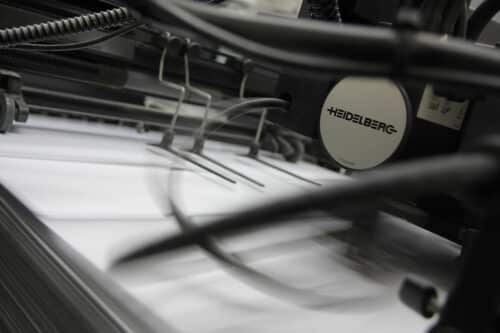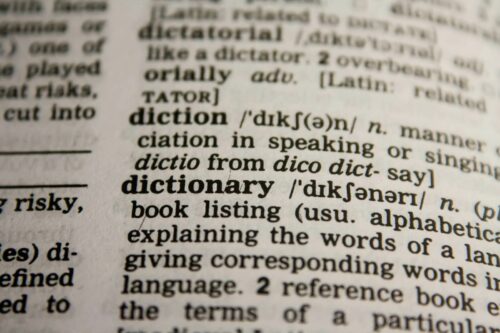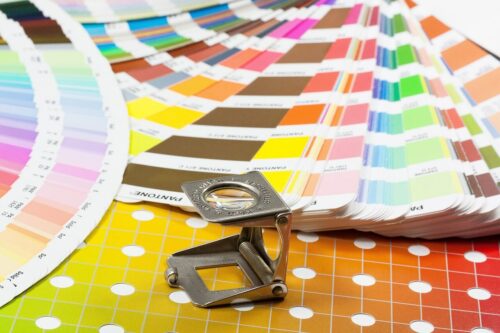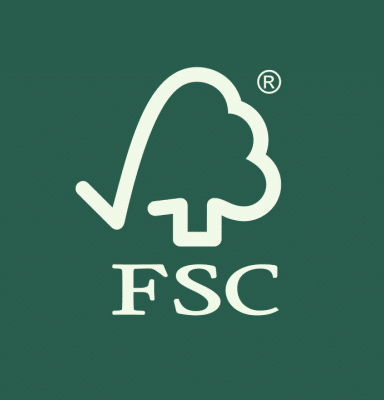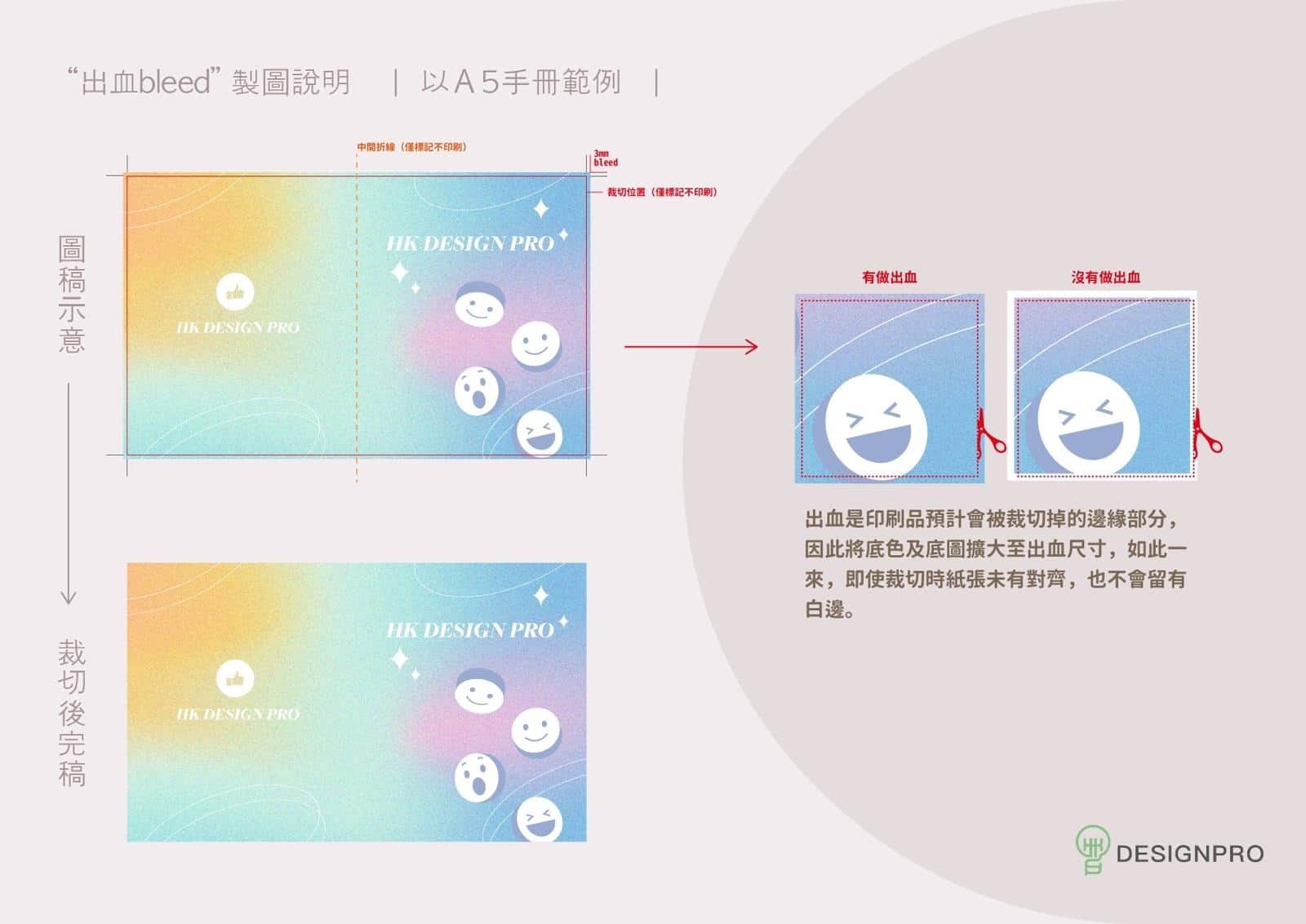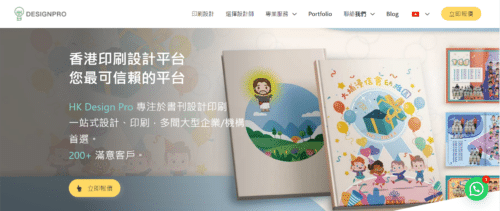hkdesignpro.comFrom the paper, ink, plate, printing technology and other aspects of targeted and detailed introduction, and a brief description of the scope of application of the product.
Environmentally friendly printing is the eternal theme of our work to protect the environment of human habitats. With the gradual enhancement of social awareness of environmental protection, green printing will become an inevitable trend for the rapid development of the packaging and printing industry in the future. The successful development, application and promotion of new environmentally friendly green printing materials can directly and effectively promote the further development of China's green printing industry.hkdesignpro.comFrom the perspective of paper, ink, plate material and printing process, a targeted and detailed introduction was made, and a brief description of the scope of application of the product was made.
1. Environmentally friendly printing method
Environmentally friendly printing is widely recognized around the world. It is a descriptive and explanatory name for something with two main meanings, environmental protection and health. Green printing refers to printing that can reduce pollution, save resources and use environmentally friendly materials and processes. Printed materials are easy to reuse and naturally degrade after editing. The printing process has little impact on the ecological environment.
two,Scope of implementing green printing
green printingIt is a highly procedural work, and its "environmental protection" focus accompanies the entire printing process, so that whether it is raw materials, intermediate equipment or publications are green and environmentally friendly, it can be called environmentally friendly printing that meets the requirements of protecting nature.
| Implementation process | Including the main production equipment, raw materials, production control process, publications, packaging design system and production of various color prints for the green printing system, covering all the whole process of the development, production and development of green prints. |
|---|---|
| Production equipment | It mainly covers all special printing equipment production equipment that has used lithographic printing, letterpress printing, gravure film printing, silk screen printing presses, digital inkjet printing, combined inkjet printing systems and other printing manufacturing process products. |
| Printing range | Lithographic processes and prints. |
| Refers to the traditional printing process and printed matter made by the new method of green lithographic printing. | |
| printing products | Usually there are sheet-fed offset printing and double-sided rotary offset printing. The main forms of printed matter are card books, hardcover books, plastic bound books, gift boxes, paper bags, greeting cards, magazines, newspapers, etc. |
3. Green environmental protection printing materials
1. Two kinds of environmentally friendly paper
The most common way of environmentally friendly printing is to start with paper. We have collected two kinds of printing paper made of environmentally friendly materials for your reference. They are vacuum-sprayed aluminum paper that meets the US inspection standards and the production process does not contain chlorine gas (harmful to human body). of light paper.
| raw material | printing capacity | Advantage | |
|---|---|---|---|
| 1) Vacuum spray aluminum paper | The raw and auxiliary materials used in the production of vacuum aluminum-injected paper are odorless and non-toxic, and meet the US FDA standards. | The printing ability and machinability are very good and can be used for embossing, offset printing, flexo printing, screen printing, but also embossing, die cutting and even embossing. | Biodegradable, recyclable, easy to handle and recycle. |
| 2) Lightweight paper | Light paper uses wood pulp without chlorine as raw material. It only needs to be ground during production, no need to boil, and no waste gas or waste liquid is discharged. | The bulk density and surface strength of paper are relatively high, which can meet the requirements of low gram weight and high thickness. | Much lighter than standard offset paper, featuring low shipping costs and easy portability |
2. Five kinds of environmentally friendly inks
Ink waste water is also one of the largest and major sources of pollution in almost the entire international printing, platemaking and packaging industry. These organic carbon-degradable volatiles generate much more energy during combustion than they decompose during incineration. Carbon dioxide produces a more serious and harmful greenhouse effect, which directly pollutes the human atmosphere and affects the health of the entire human environment.
At present, the new high-efficiency and environmentally friendly ink materials mainly used in the ink market are roughly as follows:
| introduce | characteristic use | |
|---|---|---|
| 1) Water based ink | Water-based inks are better, healthier and more environmentally friendly than organic solvents | The ink is stable, the color is bright, the plate is not corroded, the operation is simple, the price is cheap, the post-printing viscosity is good, the water resistance is strong, and the drying speed is fast, especially suitable for packaging printed matter. |
| 2) UV curing ink | UV (ultraviolet) inks are materials that can be imaged under the influence of ultraviolet light. | UV ink has very low pollution and emission, and also has the advantages of easy adhesion, clear dots, clear and bright ink color, excellent chemical resistance, and low consumption. |
| 3) Soy Ink | Soybean inks are inks made from suitable vegetable oils mixed with colors, resins, waxes, etc. | The ink can be decomposed naturally, odorless and non-toxic. Influenced by the rise of environmental protection, American 90% newspapers began to use soybean ink. |
| 4) Water-based UV ink | Water-based UV inks have some environmentally friendly solvents and can be combined with special water-based resins. | The ink not only retains the advantages of energy saving, small footprint, environmental protection, fast curing, etc., but also meets the printing requirements that the ink layer becomes thinner and the water evaporates after the ink is cured. |
| 5) Alcohol soluble ink | Alcohol based ink | This ink can not only promote environmental protection, but also enhance the international competitiveness of my country's packaging industry. It is mainly used for packaging and printing of food, medicine, beverage, tobacco and alcohol, daily necessities, etc. that come into contact with the human body. . |
3. Environmentally friendly printing ink cleaning agent
Ink cleaner CS-Y13 has the advantages of non-toxic, odorless, non-flammable, safe storage, low price and strong ink washing ability. This ink cleaning agent is dry, non-volatile and flammable after being emulsified and filtered at high temperature. It is safe and harmless to all parts of the human body and skin. Meet the safety, environmental protection, energy saving and technical requirements of green printing. It is a new generation of environmentally friendly ink cleaners pioneered in China.
4. Environmental protection plate
(1) Green Star Edition
Compared with the current domestic traditional inkjet CTP film process production line equipment, the amount of waste liquid produced by Agfa's Green Star version without rinsing can be said to be reduced by about 93%, which is comparable to the current foreign traditional inkjet. Compared with the production method and equipment of the model method, the waste liquid can also reduce 96%.
This version of the ink cartridge requires almost no additional chemicals, just regular use of a special protective glue on the printing plate, the waste liquid in the ink hardly needs to contain any toxic substances, and can be safely drained directly through the sewer.
(2) Treatment-free CTP plate
Processing-free printing plate technology means that after the printing plate products are processed by special exposure processing technology and digital photography technology on the surface of printing plate processing equipment, they can be printed again without duplicating on the original surface of the original machine. Another no-processing step of the print process that can be done without further processing of the reprint.
CTP printing plates that have not been treated with a special surface chemical treatment printing process increase the highest production and processing productivity, eliminate the need for surface chemical development, and reduce production energy consumption during exposure and processing stages. It shortens the production time to complete the entire printing and platemaking process in terms of the total production cost of the entire printing and platemaking process. More obviously, the environment requires clean, environmentally friendly, pollution-free, safe and reliable.
Environmentally friendly printing is a major trend in the printing industry in the future, and it is of great significance to the construction of the earth's ecological civilization. existhkdesignpro.comIn the company's introduction, you can better understand the printing materials and methods. I also hope that you can consult our company's printing designers in detail to introduce more detailed printing services to you.
Frequently Asked Questions
In this article, various raw materials and tools required for environmentally friendly printing are listed. In general, the environmentally friendly materials introduced in detail are divided into environmentally friendly paper, environmentally friendly ink, environmentally friendly ink cleaning agent and environmentally friendly version.
Environmentally friendly printing is widely recognized around the world. It is a descriptive and explanatory name for something with two main meanings, environmental protection and health. Green printing refers to the use of environmentally friendly materials and processes, which can reduce pollution and save resources. Printed materials are easy to reuse and naturally degrade after editing. The printing process has little impact on the ecological environment.
The construction and implementation of an environmentally friendly printing system should include main production equipment, raw materials, production control processes, publications, packaging design systems and the production of various color prints, covering the entire process of green print development, production and development.







